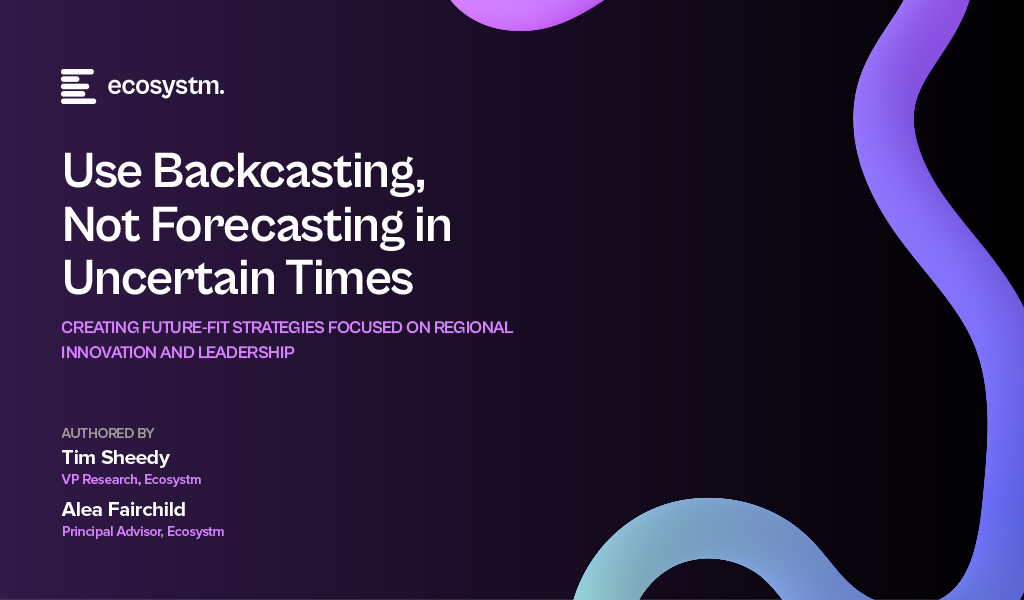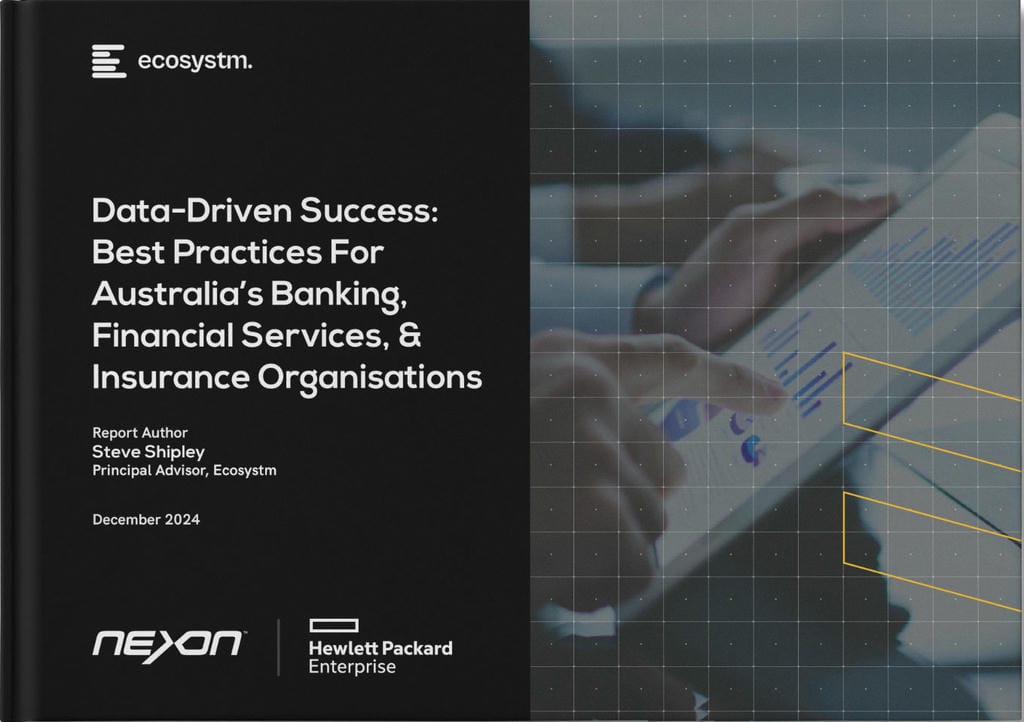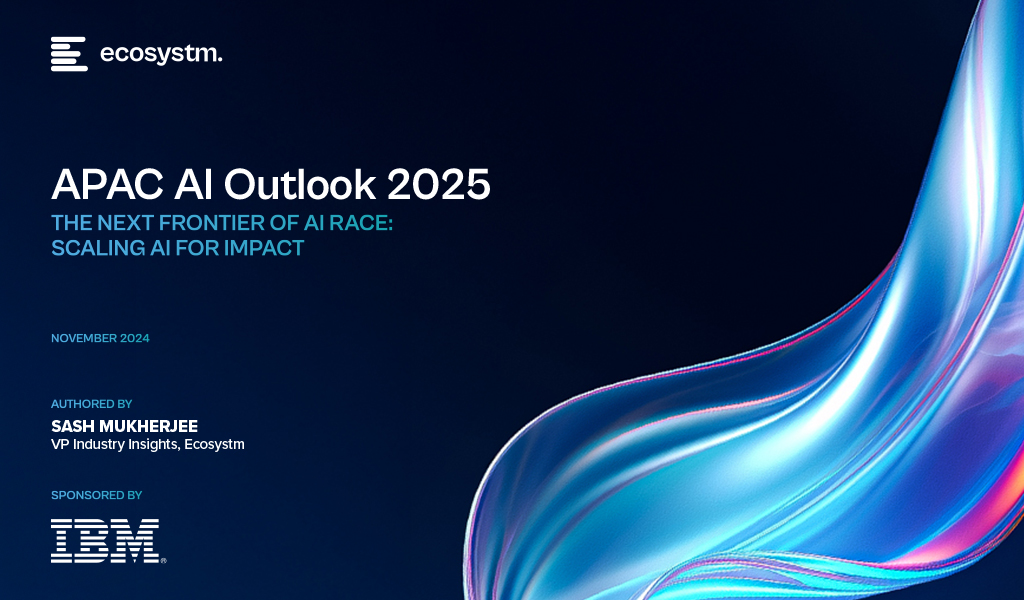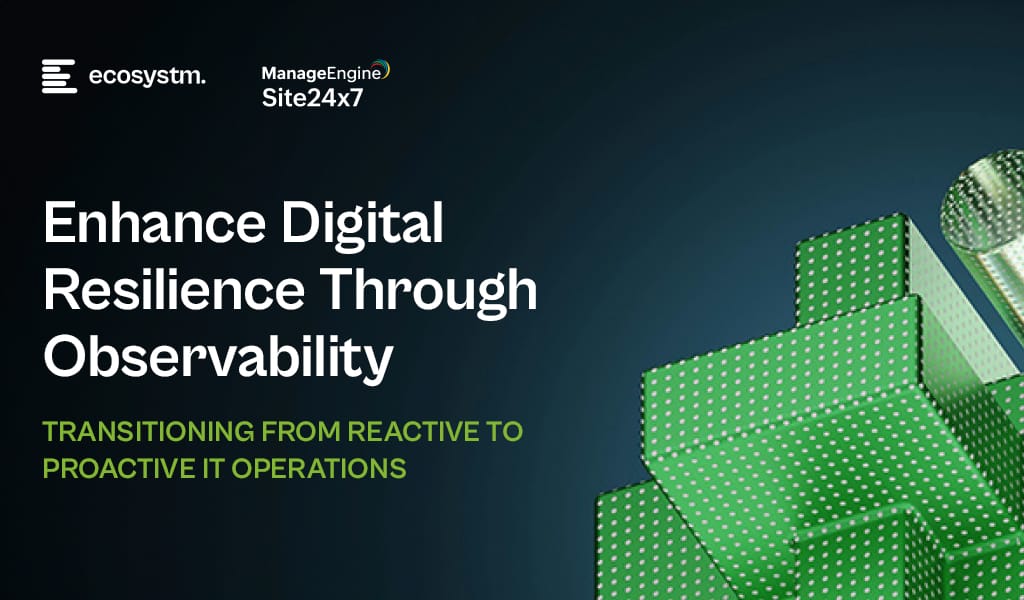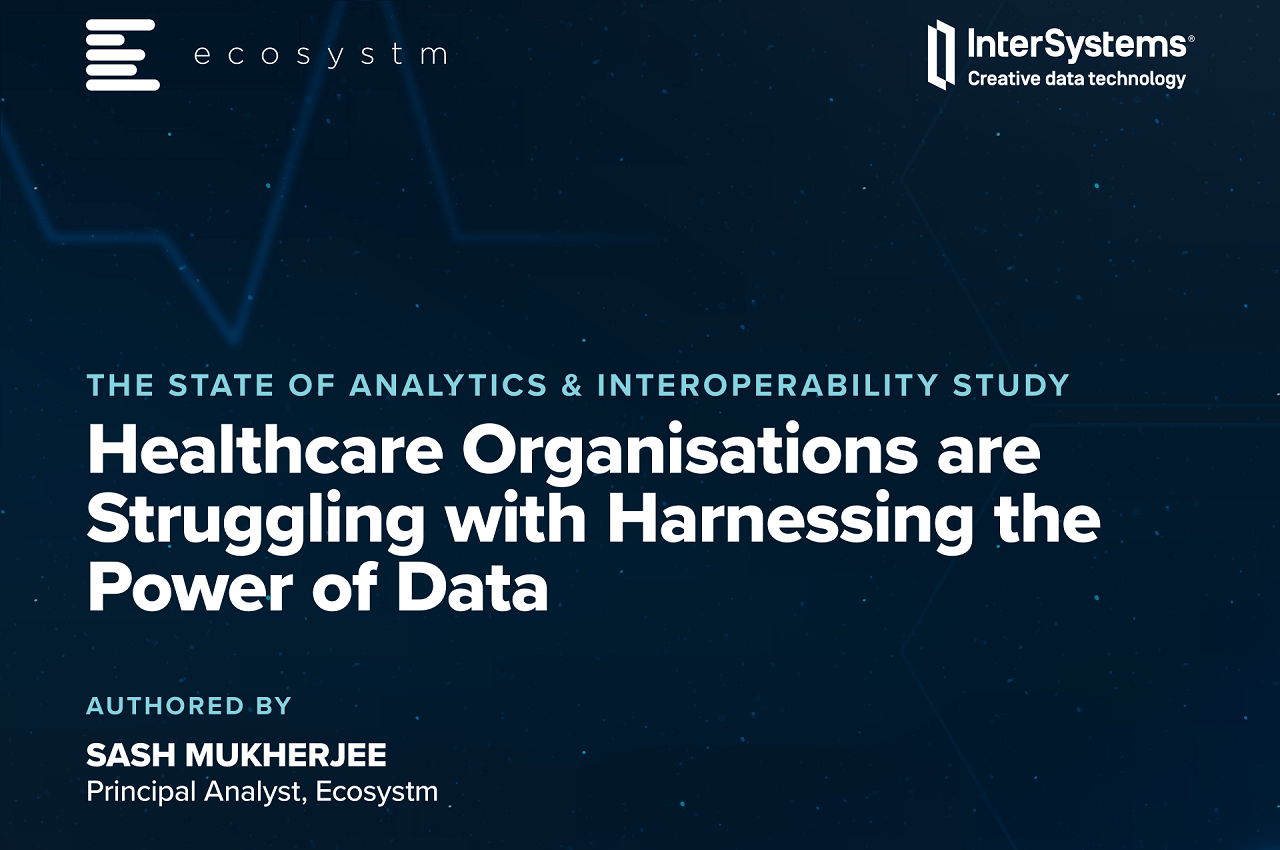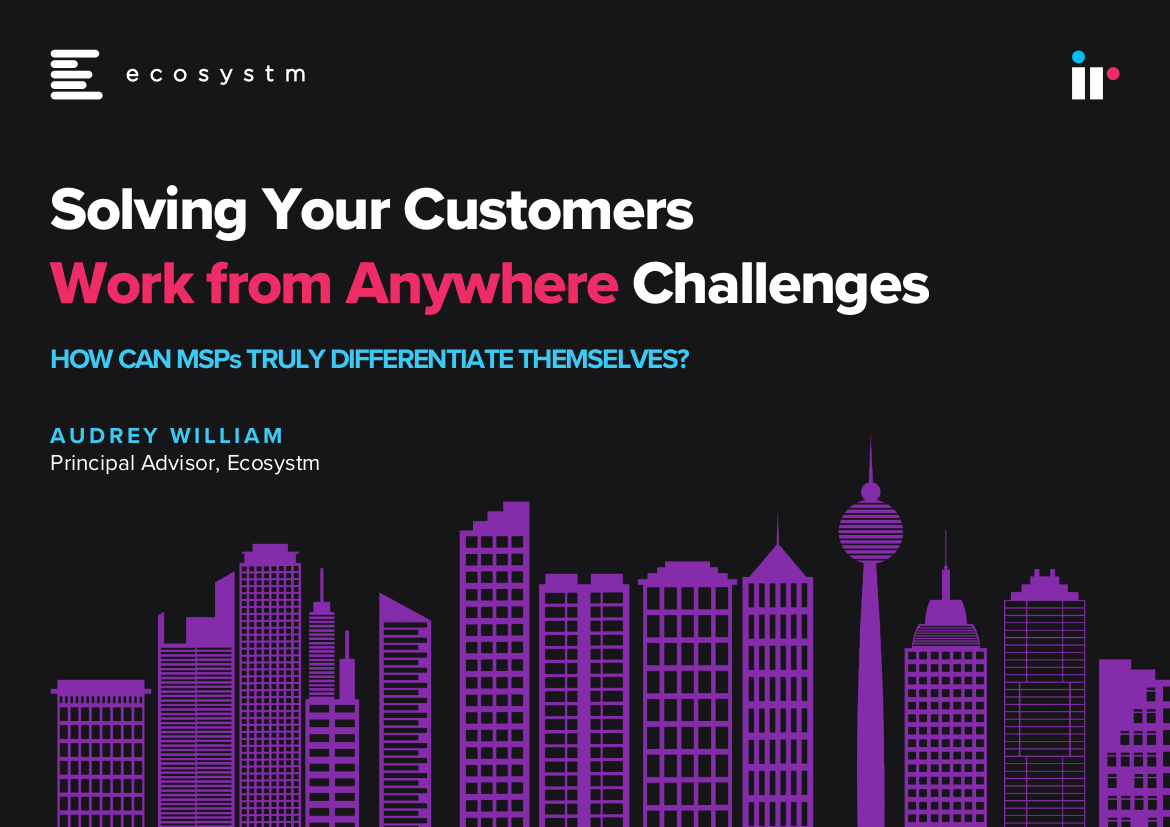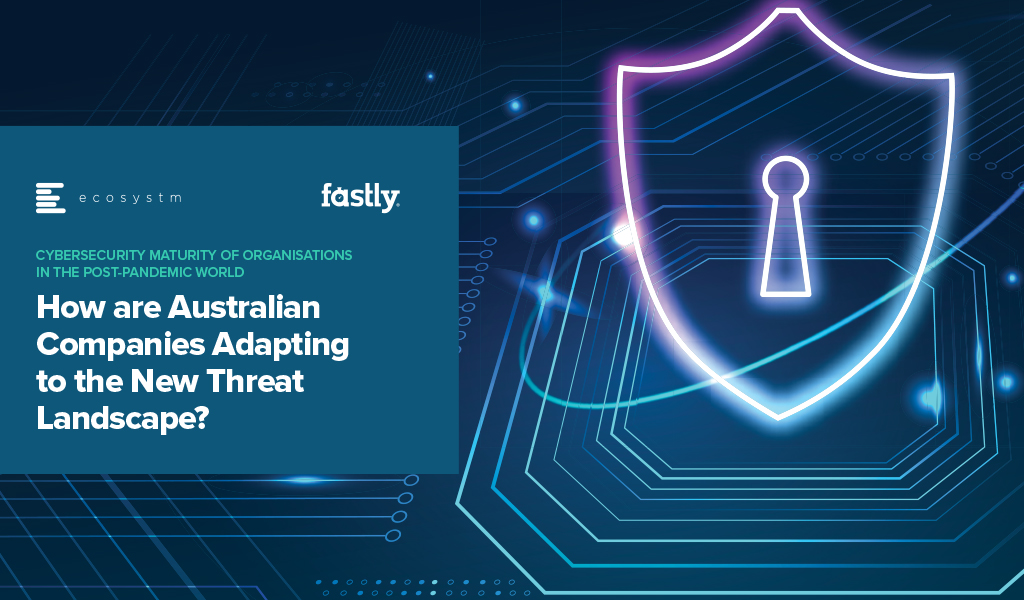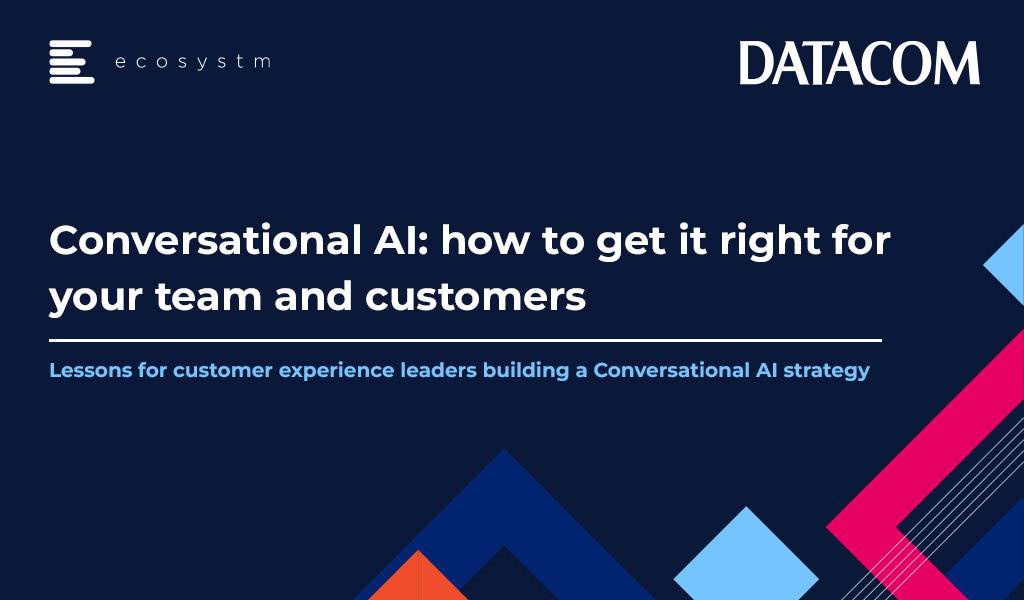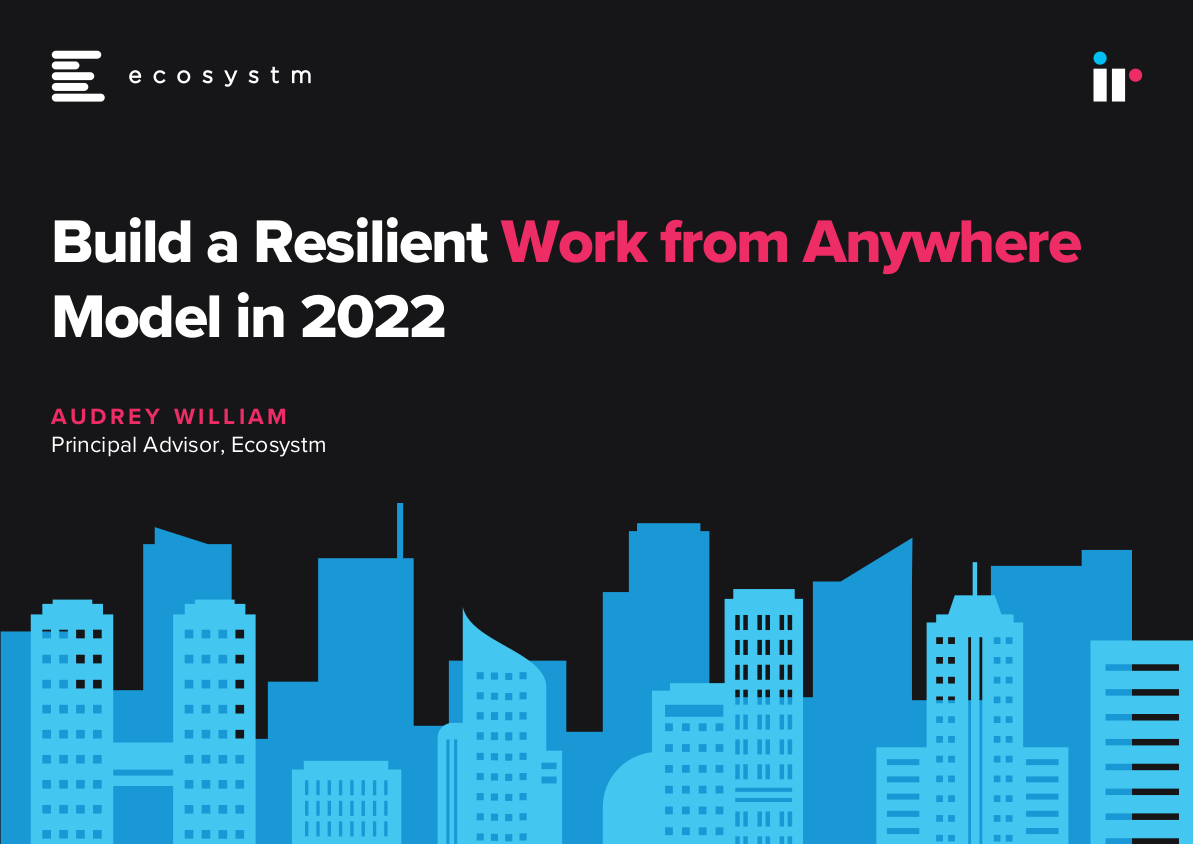As global tensions rise and regional priorities diverge, traditional forecasting is losing relevance. Inflation, trade barriers, and supply chain disruptions are unsettling once-stable markets, and the path forward is anything but certain. In this climate, backcasting offers a fresh alternative. By shifting the focus from predicting the future to actively shaping it, backcasting helps technology providers chart a more strategic, long-term course, particularly across Asia Pacific and Europe.
Ecosystm analysts Alea Fairchild and Tim Sheedy explore how backcasting can turn regional ambition into an investable strategy. Blending structured planning with narrative clarity, it connects long-term vision to immediate action. For global leaders, it transforms regional investment from a leap of faith into a confident, calculated move toward resilient, adaptive growth.
Click Below to Download Whitepaper – Use Backcasting, Not Forecasting in Uncertain Times

(Clicking on this link will take you to an external link where you can download the whitepaper)

The Australian financial services industry is experiencing a period of rapid transformation driven by technological advancements and shifting consumer expectations. To remain competitive, financial organisations must balance emerging technologies with security, customer experience, and regulatory compliance.
AI adoption offers the potential to revolutionise operations, from automating fraud prevention and streamlining processes to enhancing customer interactions through chatbots. However, to fully harness AI’s potential, organisations must integrate these technologies within a strong cybersecurity framework, ensuring data integrity and security.
This whitepaper delves into the strategic approach required for effectively leveraging AI in the financial services sector. It outlines five key strategies for tech leaders, focusing on data management, integration, cloud optimisation, and cybersecurity. By aligning AI initiatives with robust data frameworks, organisations can overcome challenges and drive superior outcomes.
Download the whitepaper to uncover best practices and strategies to guide your AI journey in Australia’s BFSI sector.
Download Whitepaper – Data-Driven Success: Best Practices For Australia’s Banking, Financial Services, & Insurance Organisations

(Clicking on this link will take you to the Nexon website where you can download the whitepaper)

In 2024, AI was marked by experimentation, but 2025 will focus on delivering real business value through robust infrastructure, efficient operations, and skilled talent.
This whitepaper explores the emerging AI trends, the critical challenges businesses face, and offers practical insights from 17 leading APAC organizations to help unlock AI’s transformative power while mitigating risks. Explore AI success stories from ANZ, India, Singapore, and more, and uncover practical steps to start or refine your AI journey.
Download Whitepaper – Whitepaper – APAC AI Outlook 2025

(Clicking on this link will take you to the IBM website where you can download the whitepaper)

This white paper examines the challenges Australian SMEs face due to rising digital adoption. As businesses become more reliant on technology, managing complex IT infrastructure becomes difficult. The paper highlights the importance of IT observability, which helps proactively identify and resolve issues, for building a resilient and customer-centric business.
The study is based on a survey of 101 technology leaders from Australian mid-sized organisations. It reveals that 44% of the participants have already adopted monitoring practices, while the remaining are considering it.
Explore how implementing an IT observability framework can empower your SME to overcome technological challenges and enhance operational efficiency. Contact us today to learn more about transforming your IT strategy.
Download Whitepaper – Enhance Digital Resilience Through Observability

(Clicking on this link will take you to the ManageEngine site24x7 website where you can download the eBook)

Healthcare Organisations are Struggling with Harnessing the Power of Data
Healthcare organisations have access to enormous volumes of data assets from multiple and disparate sources, that can be harnessed to improve clinical and patient outcomes. But despite the huge progress made in healthcare IT in recent years, healthcare organisations continue to struggle with the collection, analysis, and application of data to make timely decisions.
Your guide to the key data management and analytics challenges faced by healthcare executives in Australia and New Zealand.
Download Whitepaper – The State of Healthcare Analytics & Interoperability Study – Australia & New Zealand
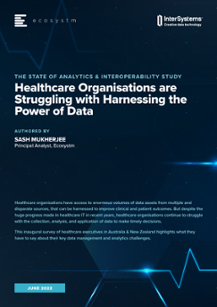
(Clicking on this link will take you to the Intersystems website where you can download the whitepaper)

CIOs and tech teams have seen a sharp shift in their mandates and find themselves delivering on business and customer outcomes, rather than just technology. They are partners in their organization’s transformation vision; and find themselves:
- Defining the organization’s cloud strategy
- Modernizing applications and infrastructure
- Revamping the data architecture
- Proactively securing the IT environment
- Managing and evolving business continuity plans
Download Whitepaper – Solving Your Customers Work from Anywhere Challenges

(Clicking on this link will take you to the IR website where you can download the whitepaper)

Organisations continue to consider data breaches and data loss as their biggest cyber risk followed by endpoint compromise. Larger enterprises in Australia, however, consider nation state attacks to be the biggest risk.
Australian companies need to transform their cybersecurity postures starting with an assumption that corporate resources will be accessed from multiple locations and from multiple devices and that breaches will occur.
Download the full whitepaper “Whitepaper: How are Australian Companies Adapting to the New Threat Landscape?” from Fastly and Ecosystm.
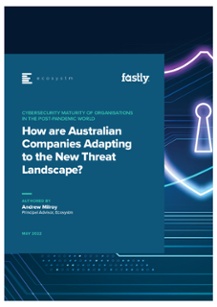
(Clicking on this link will take you to the Whitepaper link where you can download the whitepaper)

To help companies avoid some of the more common pitfalls and understand how they can implement successful Conversational AI projects, Ecosystm and Datacom commissioned a new whitepaper that identifies the critical steps in designing effective solutions to serve customers and agents.
The whitepaper shares insights into CX leaders’ priorities and goals for AI and machine learning solutions in the ANZ region, defines the different AI options for CX from basic to advanced, and outlines eight key considerations for companies selecting a Conversational AI solution.
“How to get your Conversational AI project right” also details the key rules companies need to take to ensure they are designing effective Conversational AI solutions:
- Define how it fits within your organisational priorities.
- Listen closely to the conversations between agents and customers.
- Build in-depth dialogue.
- Create a rigorous testing process.
- Ensure a seamless transfer to agents and other channels at the right time.
- Integrate your knowledge solutions within Conversational AI.
- Work with design experts.
- Find the right AI partner.
Download the full whitepaper “How to get your Conversational AI project right” from Datacom and Ecosystm.
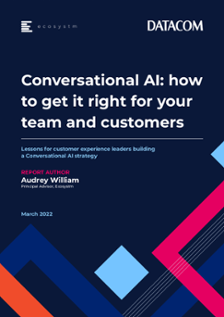
(Clicking on this link will take you to the Datacom website where you can download the whitepaper)

The Work from Anywhere Model is forcing a change in mindset in IT and Business leaders to manage employee expectations well.
At the start of the pandemic there were predictions of organisations reducing commercial workspace. Yet, only 22% are considering that as a measure in 2022. The current focus is on building a bulletproof mechanism to ensure that work can take place in any possible location.
In the Work from Anywhere Model, how can technology leaders prepare for an agile and innovative new era of work and what issues are likely to arise, and how can they be avoided?
Download Whitepaper – Building a resilient Work from Anywhere Model in 2022
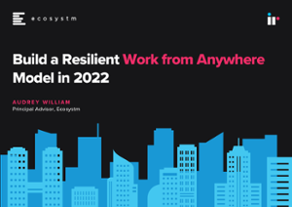
(Clicking on this link will take you to the IR website where you can download the whitepaper)



